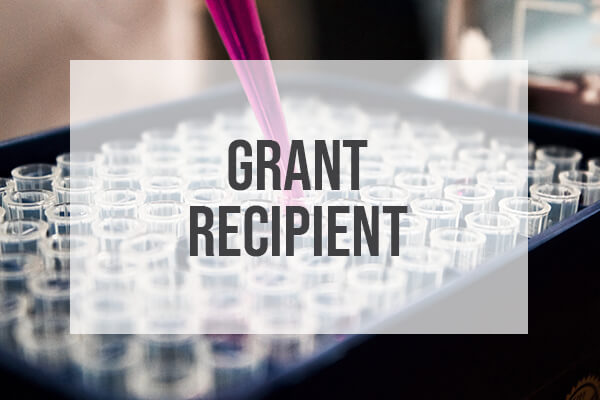School of Science and Engineering, University of Waikato
In the 2015 report I described that all 10 Mycobacterium avium isolates were all highly resistant to the commonly used antibiotics in the treatment of Mycobacterium avium infections. Moreover this antibiotic resistance was markedly increased when the bacteria were grown in a biofilm.
To investigate the differences in antibiotic susceptibility between bacteria grown planktonically and those grown in a biofilm I used RNA transcriptomics to measure gene expression in cultures grown either planktonically or as a biofilm. Preliminary analysis of these results has shown that the transcriptome from both the biofilm and planktonic cultures achieved coverage of 96% of the 5092 genes when compared to the reference genome of M avium strain 104. Of these covered genes 793 genes were affected by either growth condition: 288 genes were differentially up-regulated and 505 genes down-regulated.
Examination of the up-regulated genes showed that M. avium genes involved with the DosR/DevR (dormancy survival response regulator) regulon were massively (>100 fold) upregulated. These genes control the entry of Mycobacteria into a latent, dormant state. During this state Mycobacteria exist in a state of nonreplicating persistence with low metabolic activity. A very important clinical consequence of this dormant state is that the bacteria become impervious to anti-mycobacterial drugs making treatment very difficult. Other molecular and biological processes affected by biofilm formation included the response to stress, oxidoreductase activity, fatty acid metabolic processes iron binding and oxygen transport.
As expected the most down regulated genes associated with biofilm formation were those genes concerned with biosynthetic processes, ATP-synthesis coupled electron transport and regulation of transcription.
In conclusion I have discovered the genetic pathway associated with biofilm formation in M avium which can then explain their resistance to antibiotics when they form this non-vegetative phenotype.
I have included the two diagrams of the regulatory pathways for the top 100 most expressed genes and the bottom 100 most down-regulated genes.
Would you like to support the work of the Foundation?
Contact us for more information, or simply make a donation.




